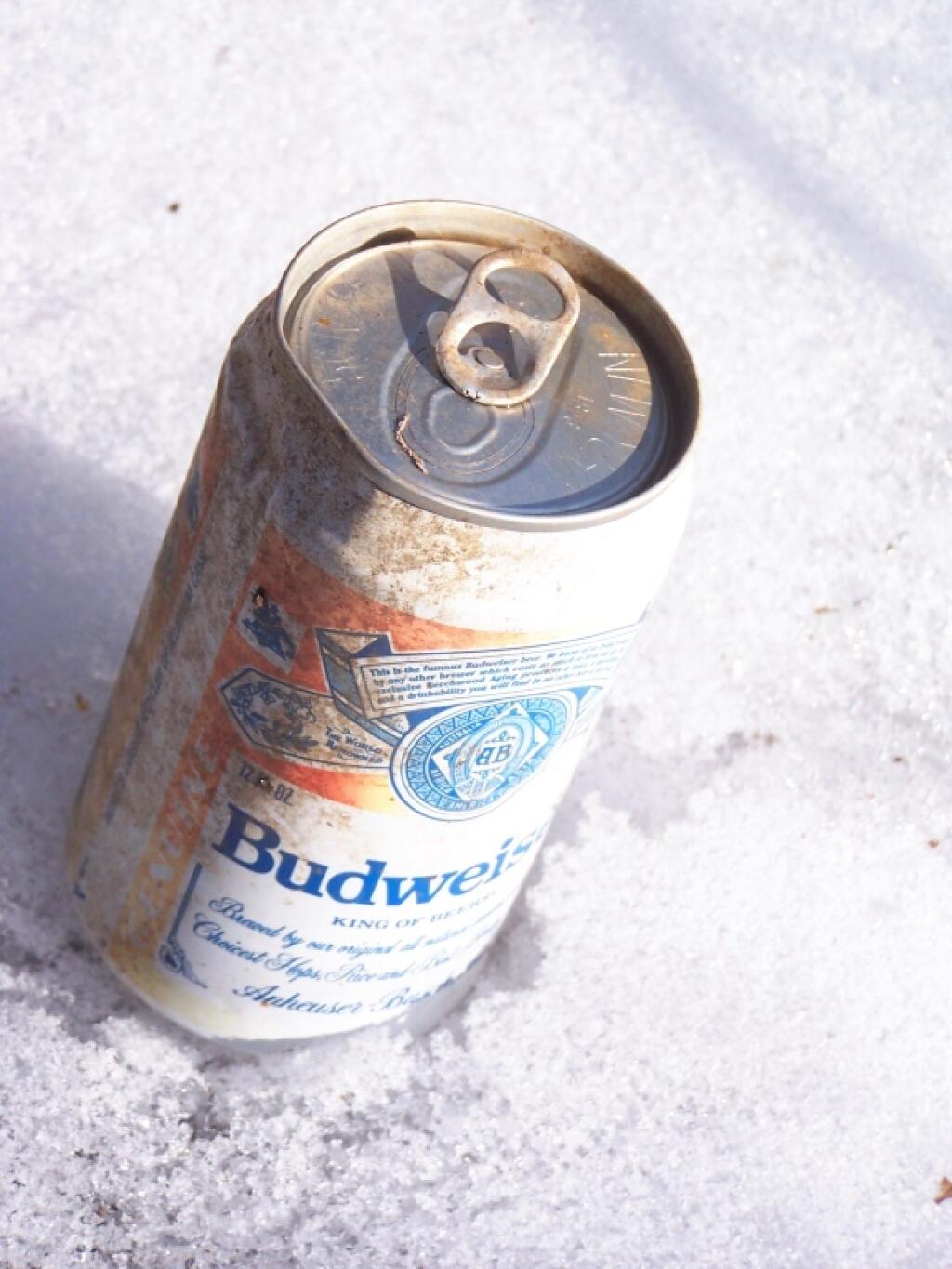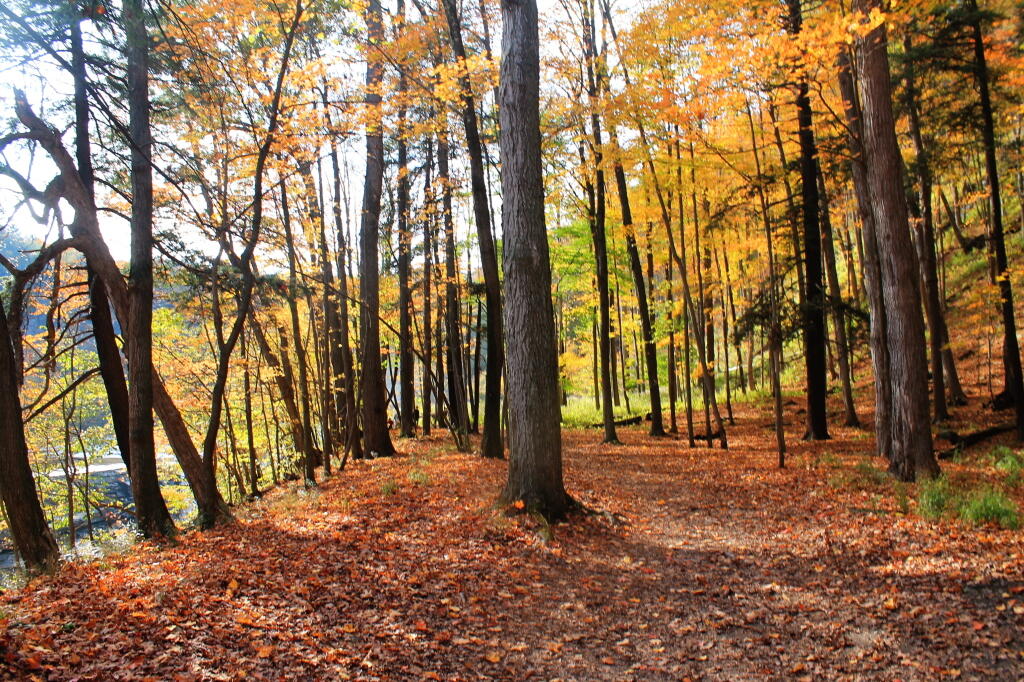A few weeks back I was in the Genesee Valley at Letchworth State Park, poking around some of the little farm towns. The Genesee Valley has long been the joke of little kids and remarked upon by the authors of books for the smells of the dairy business – the sweet smell of the chopped silage and freshly cut hay, the sour smell of spoiled silage and cow manure, being stored than returned to the fields to bring nutrients back to the land.
The Genesee Valley and even some of the uplands around it are some of the great agricultural regions of our state. Once the bread basket of the nation, wheat blight and the Great Plains replaced it as did the high cost of living, leading to specialization largely in the dairy industry. Cows have to be fed year round and dairies produce milk and year round by carefully planning calving so there are always calves and milk being produced. That means farm families get milk checks year round from their processors.
The valleys and areas with the best soils have the biggest and most modern farms, often with hundreds of not thousands of cows complete with modern free stall barns and slurry holding tanks that allow the farms to apply manure only when it’s most likely to be uptaken by crops and not washed away as pollution.
It’s easy to root for the small marginal dairy up in the hills with a hundred or so milking head. The truly small business with a tie stall barn that has old fashioned gutter tracks and hay storage up above. But the truth is that the large dairy, run by a family and their employees probably is a better stewart of the land with their scientifically driven CAFO plan – even if the kids yell our – what’s that smell.
I really didn’t spend all that much time in the Genesee Valley, heading back to Allegany County hills where most of the farms are small. Where the occasional smell of petroleum from the century old industry, still stripping a little high quality oil from the land remains, often situated on the same farms that produce the crops that feed the cows that produce the milk I like to drink.




